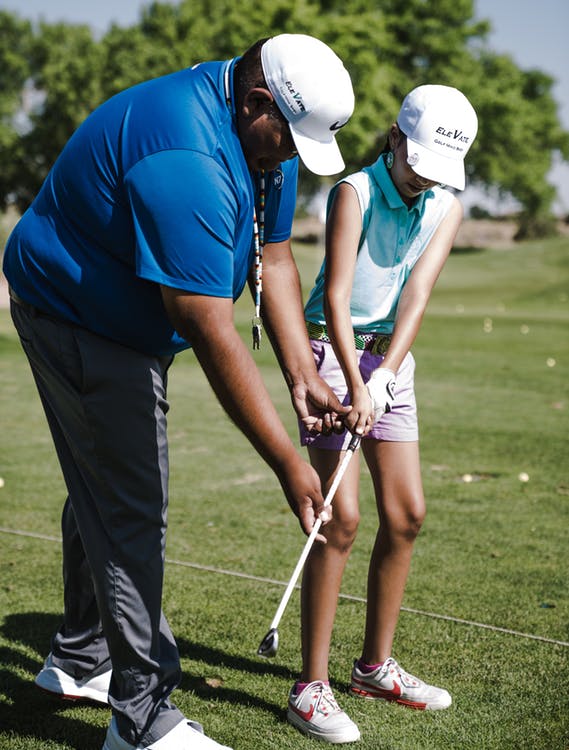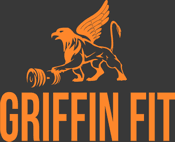Golfers elbow
by connor whittall in News

What Is Golfer’s Elbow?
Golfer’s elbow (medial epicondylitis) causes pain and inflammation in the tendons that connect the forearm to the elbow. The pain centers on the bony bump on the inside of your elbow and may radiate into the forearm. It can usually be treated effectively with rest.
Golfer’s elbow is usually caused by overusing the muscles in the forearm that allow you to grip, rotate your arm, and flex your wrist. Repetitive flexing, gripping, or swinging can cause pulls or tiny tears in the tendons.
Despite the name, this condition doesn’t just affect golfers. Any repetitive hand, wrist, or forearm motions can lead to golfer’s elbow. Risky sports include tennis, bowling, and baseball — in fact, it’s sometimes called pitcher’s elbow. People may also get it from using tools like screwdrivers and hammers, raking, or painting.
Musculature involved
Superficial Compartment
The superficial muscles in the anterior compartment are the flexor carpi ulnaris, palmaris longus, flexor carpi radialis and pronator teres. They all originate from a common tendon, which arises from the medial epicondyle of the humerus.
- Flexor Carpi Ulnaris
Attachments: Originates from the medial epicondyle with the other superficial flexors. It also has a long origin from the ulna. It passes into the wrist, and attaches to the pisiform carpal bone.
Actions: Flexion and adduction at the wrist.
Innervation: Ulnar nerve. - Palmaris Longus
This muscle is absent in about 15% of the population.
Dissection Tip: Just distal to the wrist, if you reflect back the palmaris longus, you will find the median nerve immediately underneath it
Attachments: Originates from the medial epicondyle, attaches to the flexor retinaculum of the wrist.
Actions: Flexion at the wrist. Innervation: Median nerve - Flexor Carpi Radialis
Attachments: Originates from the medial epicondyle, attaches to the base of metacarpals II and III.
Actions: Flexion and abduction at the wrist.
Innervation: Median nerve. - Pronator Teres
The lateral border of the pronator teres forms the medial border of the cubital fossa, an anatomical triangle located over the elbow.
Attachments: It has two origins, one from the medial epicondyle, and the other from the coronoid process of the ulna. It attaches laterally to the mid-shaft of the radius.
Actions: Pronation of the forearm.
Innervation: Median nerve.
Intermediate Compartment
The flexor digitorum superficialis is the only muscle of the intermediate compartment. It can sometimes be classed as a superficial muscle, but in most cadavers it lies between the deep and superficial muscle layers.
The muscle is a good anatomical landmark in the forearm – the median nerve and ulnar artery pass between its two heads, and then travel posteriorly.
Attachments: It has two heads – one originates from the medial epicondyle of the humerus, the other from the radius. The muscle splits into four tendons at the wrist, which travel through the carpal tunnel, and attaches to the middle phalanges of the four fingers.
Actions: Flexes the metacarpophalangeal joints and proximal interphalangeal joints at the 4 fingers, and flexes at the wrist.
Innervation: Median nerve.
Deep Compartment
- Flexor Digitorum Profundus
Attachments: Originates from the ulna and associated interosseous membrane. At the wrist, it splits into four tendons, that pass through the carpal tunnel and attach to the distal phalanges of the four fingers.
Actions: It is the only muscle that can flex the distal interphalangeal joints of the fingers. It also flexes at metacarpophalangeal joints and at the wrist.
Innervation: The medial half (acts on the little and ring fingers) is innervated by the ulnar nerve. The lateral half (acts on the middle and index fingers) is innervated by the anterior interosseous branch of the median nerve. - Flexor Pollicis Longus
This muscle lies laterally to the FDP.
Attachments: Originates from the anterior surface of the radius, and surrounding interosseous membrane. Attaches to the base of the distal phalanx of the thumb.
Actions: Flexes the interphalangeal joint and metacarpophalangeal joint of the thumb.
Innervation: Median nerve (anterior interosseous branch). - Pronator Quadratus
A square shaped muscle, found deep to the tendons of the FDP and FPL.
Attachments: Originates from the anterior surface of the ulna, and attaches to the anterior surface of the radius.
Actions: Pronates the forearm.
Innervation: Median nerve (anterior interosseous branch).
Treatment for Golfer’s Elbow
As with any overuse injury, it’s crucial to get treatment for golfer’s elbow quickly. Apply ice to your elbow for 15-20 minutes three to four times per day. Rest the injured elbow from aggravating activities and discuss a splint with your sports medicine professional to limit stress to the involved tendons AKA CFTO (common flexor tendon origin) situated close to the medial epicondyle.
For pain, your doctor may recommend an oral NSAID (nonsteroidal anti-inflammatory drug), like ibuprofen, naproxen, or aspirin, to reduce pain and swelling. A topical medication may help as well. You may also get an injection of a corticosteroid or painkiller (like lidocaine) in the elbow. This may relieve pain and swelling in the short term. These treatments, though, do not seem to have long-term benefits.
Physical therapy can help in relieving pain and augment the recovery process. Use of pain relieving treatments and prescribed exercises can reduce stress to the elbow, speed recovery, and minimize the risk of recurrence. Recent innovations in care using PRP (Plasma Rich Protein) injections have also shown great promise in accelerating recovery.
Conservative treatments usually work for golfer’s elbow. But if you’re still having pain after three to six months, you may need surgery. These procedures can remove damaged parts of a tendon, promote healing, and reduce pain. Full recovery may take three to six months.
If you’d like an insight into rehab of the overuse condition, then here is a good video by Dr John Dougherty
https://www.youtube.com/watch?v=UCYbShdTtbk
